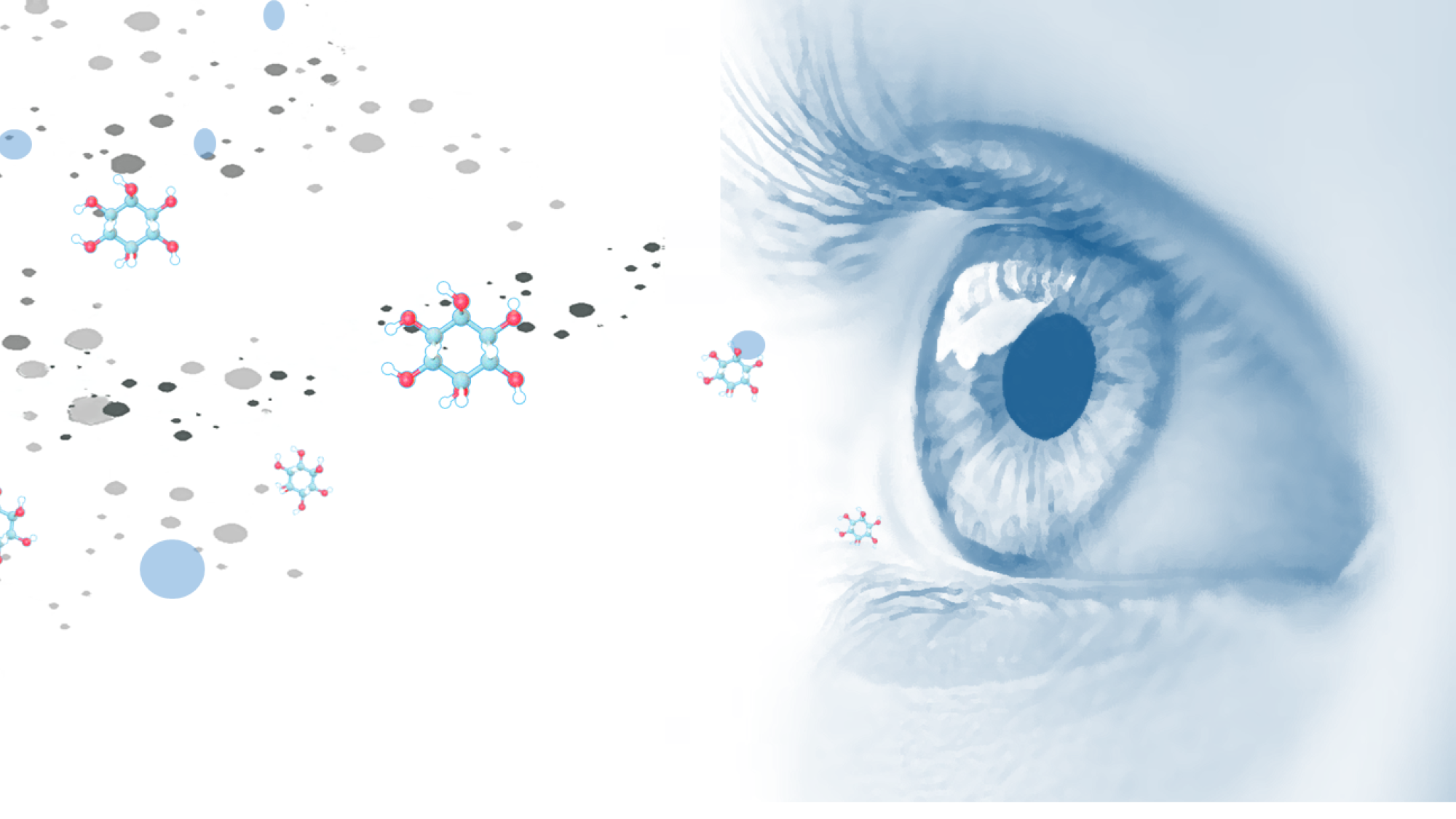Type II diabetes - the silent pandemic
Diabetes is a chronic metabolic disorder characterized by high blood sugar levels. It is a major health problem worldwide and has been called a "silent pandemic" due to its widespread prevalence and impact on public health. Vitas offers the analysis of HbA1c from liquid whole blood, red blood cells, and dried blood spots (DBS). We provide high throughput capabilities compatible with large scale population screening. In addition we offer a set of additional assays to be used in clinical studies and diabetes related research. These include Satiety hormones like PYY, CCK, Ghrelin, Leptin and GLP-1. Also C-peptide and lipids like triacylglycerols (TAG).
Diabetes is a chronic disease that occurs when the body is unable to use and store glucose properly, a type of sugar that is a major source of energy in the body. There are two main types of diabetes: type 1 and type 2. Type 1 diabetes is an autoimmune disease where the immune system cross-reacts and destroys the pancreatic cells that produce insulin, a hormone that regulates blood glucose levels. Type 1 diabetes most often starts in childhood and among adolescents in relation to some viral infection.
Type 2 diabetes, on the other hand, is characterized by reduced sensitivity to insulin. This is the most common form of diabetes and accounts for about 90% of all diabetic cases. It typically develops in adulthood, although it is becoming more common in children and adolescents as well. Risk factors for type 2 diabetes include overweight/obesity, physical inactivity, and having a family history of the disease.
The World Health Organization (WHO) estimates that diabetes affects more than 420 million people worldwide, and 1.5 million deaths are directly attributed to diabetes each year, making it a pandemic. The disease is a leading cause of blindness, kidney failure, heart attacks, strokes, and reduced blood circulation in the feet. It is also a major contributor to the growing global burden of non-communicable diseases (chronic diseases that are not transmitted from person to person), which are responsible for more than 70% of deaths worldwide.
Whereas there is currently no cure for diabetes, it is possible for many people with type 2 diabetes to reverse the condition by lifestyle changes, such as losing weight, eating a healthy diet, and increasing physical activity. These changes improve insulin sensitivity, lower blood sugar levels, and reduce the need for medication. However, reversing diabetes is not easy, and it requires a significant amount of dedication, knowledge, and commitment. Some people may also need to take medication to manage their blood sugar levels and prevent complications. It is important to work closely with healthcare providers to personalize the treatment.
HbA1c
One of the most effective ways to monitor diabetes is by using a biomarker called HbA1c. HbA1c is a special version of the hemoglobin protein produced in the bone marrow when red blood cells are produced. HbA1c is produced when glucose binds to the hemoglobin in red blood cells (Figure 1).
Figure 1. Glucose has the capacity to react with many proteins also hemoglobin to produce glycohemoglobin in red blood cells. The higher the blood glucose concentration is, the higher will the concentration of glycohemoglobin be (Juda et al. 2016).
The level of HbA1c in the blood reflects the average blood glucose level during the past two to three months. By measuring the HbA1c levels, we can get a clear picture of the blood glucose level and adapt plans for prevention and treatment of the serious disease diabetes represents.
HbA1c is also used to screen for diabetes. The American Diabetes Association recommends that adults without a previous diagnosis of diabetes should be screened for the disease every three years if their HbA1c levels are 5.7% or higher. For people with prediabetes, a condition in which blood glucose levels are higher than normal but not high enough to be classified as diabetes, HbA1c levels between 5.7% and 6.4% can be used as a screening tool.
In addition to its use in screening and managing diabetes, HbA1c can also be used to monitor the effectiveness of treatment and lifestyle changes. By tracking changes in HbA1c levels over time, one can determine if prevention or treatment are working and make adjustments as needed.
According to the WHO, the use of HbA1c as a biomarker for diabetes has several benefits. It is an accurate measure, requires no fasting, and is less affected by daily fluctuations in blood glucose levels. HbA1c levels are not influenced by short-term changes in diet or exercise, making it a much more reliable indicator of long-term blood glucose level than blood glucose levels.
In conclusion, the diabetes pandemic is a major global health concern, with millions of people affected by the disease. HbA1c is a valuable biomarker that can be used to screen, detect, and manage diabetes of all different types, although it is not a replacement for regular healthcare visits. The WHO recommends the use of HbA1c as a key tool in the management of diabetes, along with a healthy lifestyle and proper medication.
Vitas offers the analysis of HbA1c from liquid whole blood, red blood cells, and dried blood spots (DBS). We provide high throughput capabilities compatible with large scale population screening. In addition we offer a set of additional assays to be used in clinical studies and diabetes related research. These include Satiety hormones like PYY, CCK, Ghrelin, Leptin and GLP-1. Also C-peptide and lipids like triacylglycerols (TAG).
Further reading
• Diabetes, WHO, https://www.who.int/health-topics/diabetes#tab=tab_1 Retrieved January 23, 2023
• Use of Glycated Haemoglobin (HbA1c) in the Diagnosis of Diabetes Mellitus. WHO 2011, WHO/NMH/CHP/CPM/11.1
• Juda TM et al. Polymorphism of aldose reductase gene and susceptibility for developing diabetic retinopathy among type 2 diabetes mellitus patients. J Babylon Univ/Pure Appl Sciences 2016, 24 (5), 1469-84
| Number | Method |
|---|



